The human eye is a pretty amazing apparatus; physiological functions and complexities aside, eyes are integral to non-verbal communication and self-expression. And they play a very important role in the aesthetic qualities of the human face. Just think of how many love poems and songs make more than a passing mention of the beauty of someone’s eyes. We also have a more abstract philosophical connection with eyes: “The eyes are the windows to the soul.” A hackneyed expression, perhaps, but a telling one given its staying power.
So it makes perfect sense that eyes would be a big deal in photography. What’s one of the first things any aspiring portrait photographer learns? The eyes! Make sure the eyes are in sharp focus. It’s something many fret over even in the post processing phase; there are countless tips, tutorials, plug-ins, actions, and brushes all intended to help you make your subject’s eyes “pop.”
In spite of our infatuation with eyes, our appreciation for them is somewhat superficial; we know that eyeballs are smooth orbs and that the iris is brown, blue, or green (or some other color along that spectrum). But we don’t usually see eyes in any degree of detail that reveals much more than what color they are (unless you’re an ophthalmologist, I guess).
If you’re not some kind of medical professional, yet you’re interested in seeing the human eye in greater detail and revealing some of its secrets, all you need to do is get yourself a macro lens and a willing subject.
This isn’t a project that warrants an in-depth tutorial, but there are a few things worth mentioning.
- If you don’t have a dedicated macro lens, a close-up filter is a fine alternative, or you can go with the DIY reverse lens macro setup.
- Natural light is best. You and your model will have to find the perfect angle, where the sun is hitting the eyes in just the right way to show off all that detail. Flash isn’t typically recommended, as it will create distracting reflections and/or very flat lighting.
- Focus manually.
- It’ll take a mixture of patience and speed. You subject is going to blink and you’re probably going to get a few shots of that. Just keep shooting and stay vigilant; you’ll get a good feel for what you’re doing before you know it.
Now, get an eyeful of these incredible eye close-ups.
It’s not what we’re used to seeing; at this level of detail they almost seem alien. It's unexpected, strange. But no less beautiful. I guess it’s true, then, that “there’s no beauty without some strangeness.”
Maximaal effect wordt waargenomen na 2 jaar vanaf het begin van propecia aanvraag. Voor uw informatie (1) propecia finasteride 1mg beschikbaar in Nederland en andere landen van Europa
For more beautiful strangeness, be sure to check out Suren Manvelyan‘s “Your Beautiful Eyes” project, which features extreme closeups of the human eye.
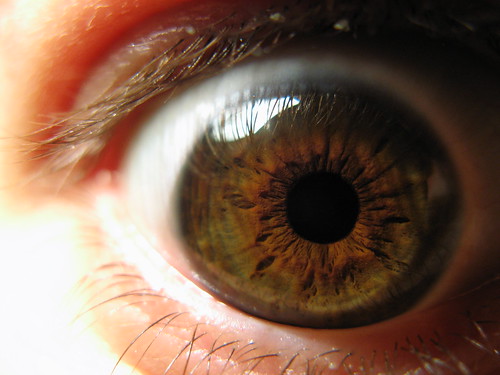

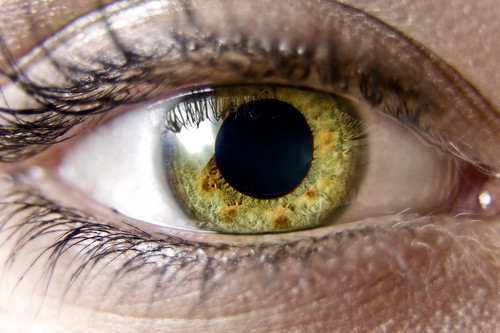



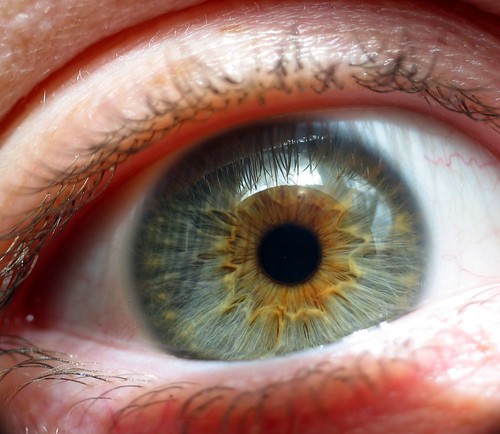

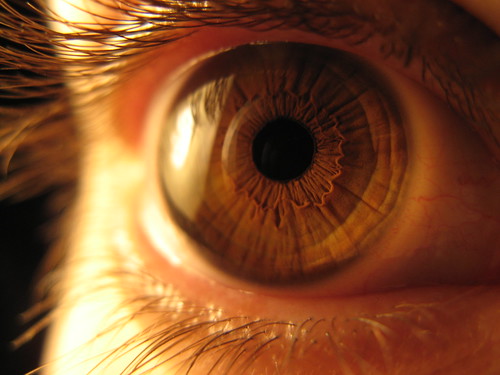
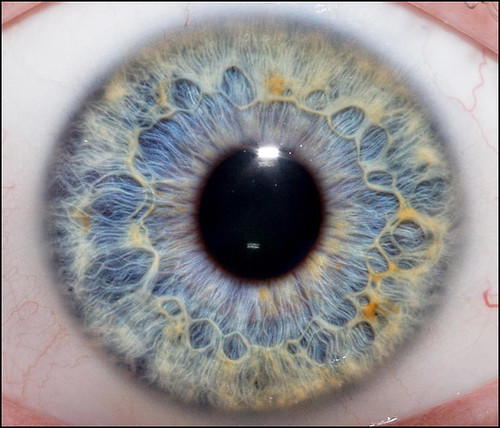


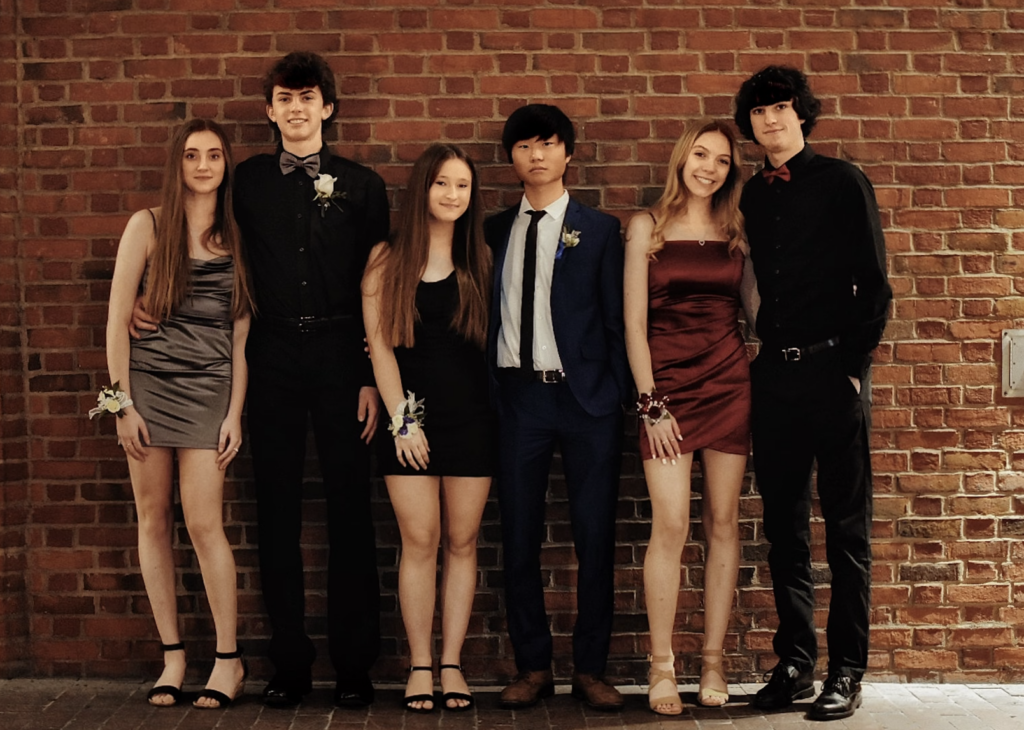
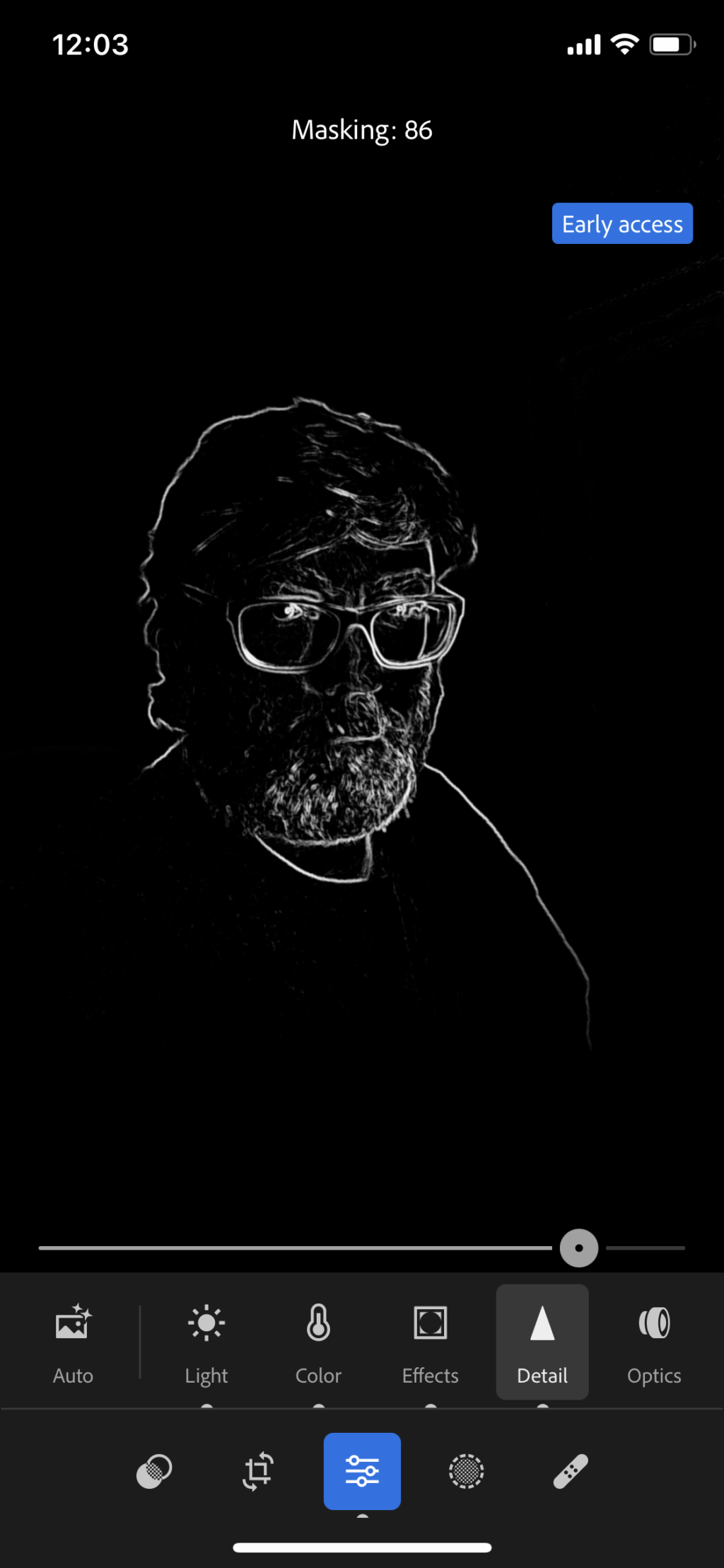
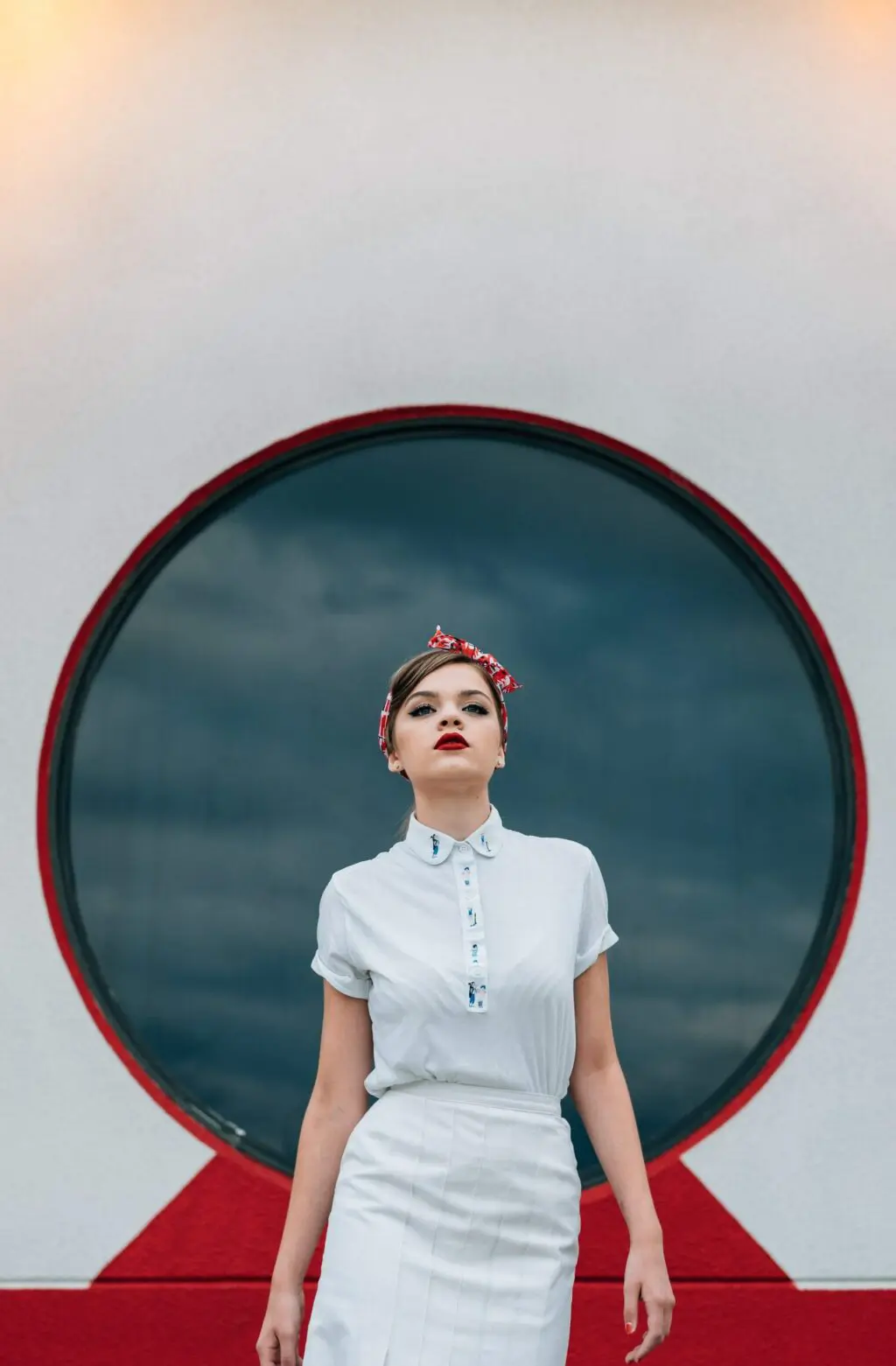
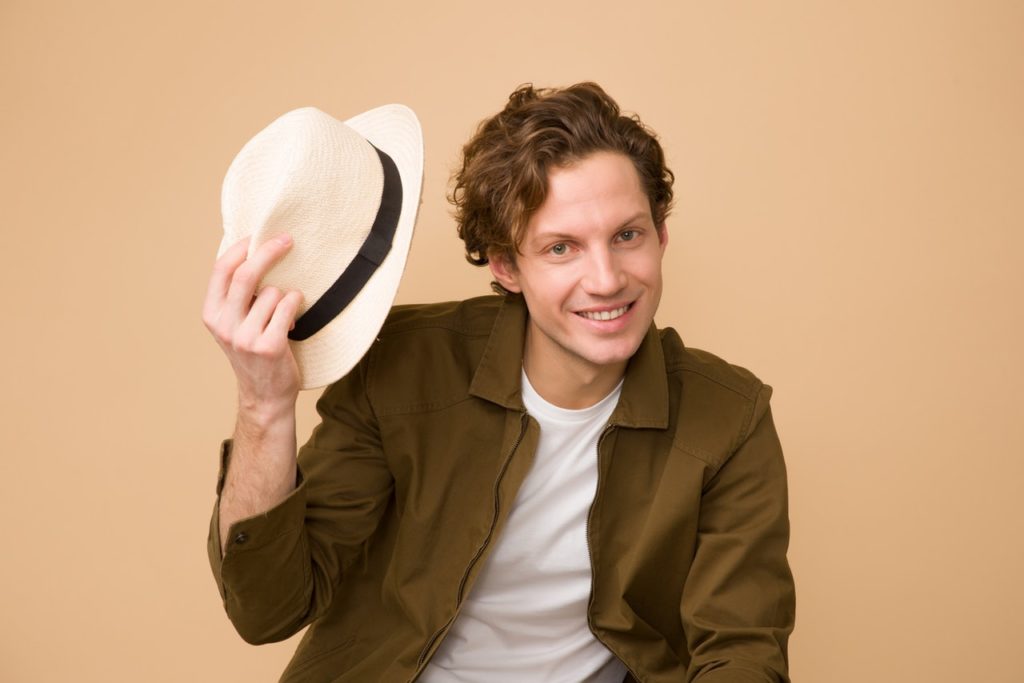
5 Comments
https://www.flickr.com/photos/degilbo_on_flickr/8861809140/
This image was captured with my Pentax Auto110 using a Pentax-110 1:2.8 28mm lens fitted with a Pentax Close-up Lens S16 (25.5mm). Image was cropped only to trim the negative frame resulting from scanning. Film used was Lomography Orca 110, developed in ILFOTEC LC 29 (6 mins). Negative was scanned using a Lomography 110 DigitaLIZA on my Epson V500 scanner.
Oh! just great idea! I like this phots! some of them are incredible!
Otherworldly! I remember when I was a kid, I watched this movie “The Crawling Eye.” These photos, while beautiful, creeped me out as much as that movie!!
Check out photos from Hubbel telescope. Reminds me of some deep space photos.
fantastic photo source,using for pastel drawings